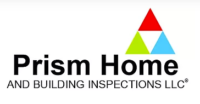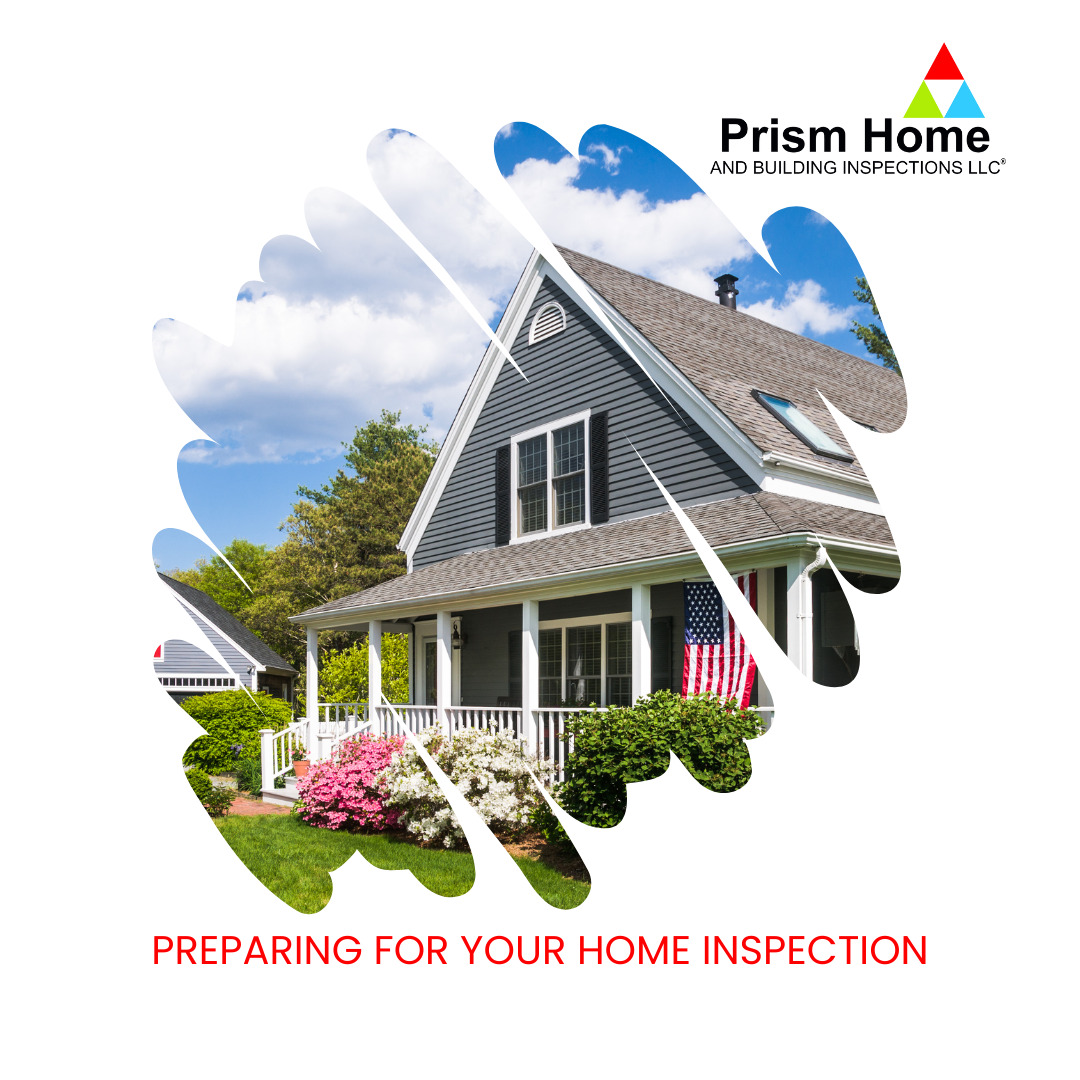Recommended Seller / Listing Agent Checklist to Complete Before a Home Inspection Every home, even a brand new one, has a few defects that need attention. Expect that the inspector will find a few things. To possibly reduce the list of defects, and perhaps shorten the time required for the inspection, complete a little prep work beforehand. Here’s a checklist:
ROOFING:
Clean all moss and debris off the roof. Use a low-pressure washer only if necessary. A broom or blower is preferred.
Repair any damaged or missing roof covering. Avoid using caulking as a repair as it is considered a temporary repair only and may be called out by the inspector.
Clean out gutters and repair any damages to the gutters such as rust or sagging.
Make sure all downspouts are properly diverted away from the house, either with elbows and splash blocks or drain lies.
EXTERIOR:
Make sure all the dirt and landscaping material is away from the siding of the house. There should be 4-6 inches of clearance beneath the siding of the house.
Make sure the home inspector can get to exterior faucets and electrical outlets, and that they’re not blocked.
Check the garage door opener and adjust it as needed so it properly reverses.
Ensure the garage door itself is operating properly and repair as needed.
Plant growth should be cut back away from the house at least 12-24 inches.
Any stored items should be reasonably moved away from the structure.
Check the siding and trim for any damages and repair as needed.
Repair any missing caulking around doors, windows and over nail heads.
Make sure all exterior doors and doorknobs/deadbolts are operating properly. Replace any missing or damaged weather stripping.
STRUCTURE:
Remove any wood, concrete, form wood, and debris.
Remove or replace any damaged, fallen floor insulation and vapor barrier.
Repair any damaged foundation vent screens and make sure all foundation vents are clear.
ELECTRICAL:
Replace burned-out or missing bulbs in light fixtures and ceiling fans.
Replace missing or cracked globes.
Ensure all light switches are functional.
Have remote controls for ceiling fans available and functioning.
Replace any damaged or missing switch and receptacle cover plates.
HEATING & COOLING:
Replace or clean worn / dirty HVAC filters.
Clear landscaping or debris is away from the exterior compressor.
Clear storage away from around the air handler and furnace.
Ensure pilot lights are lit on gas appliances and fireplaces.
PLUMBING:
Check the water heater for any leaking or damage. If present – repair or replacement may be needed.
Ensure the gas water heater pilot light is on.
Repair any plumbing leaks found in the crawl space.
Check for leaks under the sinks and around the faucets, repairing as needed.
Look for possible floor damage around toilets and adjacent to tubs and showers. If found, damages may need further evaluation by a contractor.
Ensure that all grout and caulking is in good repair. This includes tub and shower surrounds along the floor in front of tubs and showers.
Ensure all fixtures, fans, and appliances are working properly.
INTERIOR
Check interior doors and windows to make sure they are operating properly. This is particularly important for bedroom windows.
Ensure smoke detectors and carbon monoxide detectors are functional.
Catch up on any minor repairs needed for doorknobs, window and door latches and locks, and damaged windowpanes and door trims.
Replace missing or damaged window and door screens.
UTILITIES
Ensure that the electric, gas, and water utilities are on.
PETS
Make sure animals aren’t an issue: Before you leave the property, make sure all animals are secure. Most home inspectors prefer that animals are taken off the premises. If necessary, secure animals in a crate on the property
ACCESS AND STORAGE
Move any furniture or stored items that block access to the electric panel(s), HVAC equipment, water heater(s), attics, and crawl spaces. If extensive stored items around the attic hatch opening prevent access to the rest of the attic, clear an area for access.
Remove any cars from the garage for the duration of the inspection that may impede attic access or testing of the overhead garage door.
Unlock storage closets, irrigation system control panels, attic hatches, fence gates, and crawl space access panels.
Gather necessary paperwork: Collect anything involving general maintenance, repairs, and warranties. Include documents showing routine HVAC inspections and maintenance, roof repairs, and other house-related fixes. If a problem comes up in the home inspection that you’ve already addressed, you’ll want proof.
Vacate the house at least an hour before the inspection. Expect to be gone at least three hours so the inspector can do a thorough job. Book online or contact us for any other assistance you may need.





